Is Transatlantic on Netflix Based on a True Story?
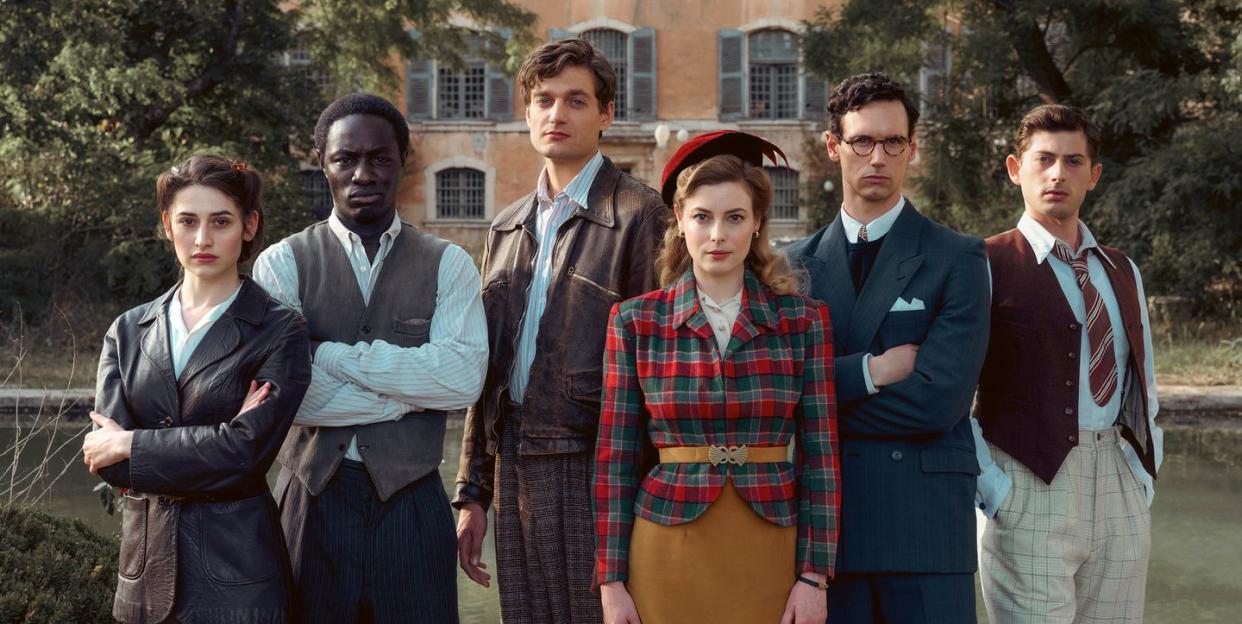
"Hearst Magazines and Yahoo may earn commission or revenue on some items through these links."
Anna Winger's new show, Transatlantic, tells the remarkable true story of Varian Fry and the Emergency Rescue Committee. Fry, an American journalist, traveled to Marseille in 1940 with intent on rescuing as many anti-Nazi artists and intellectuals as he possibly could. By the time he was forced to leave in 1941, he had saved thousands.
Winger, who grew up in the U.S. but now lives in Berlin, first learned of Fry's story during a visit with her father. "There's a street in Berlin called Varian-Fry-Straße in the middle of Postdamer Platz, which is in the center of the city." Winger told Town & Country. "A few years ago, my father was with me in Berlin and he saw the name of the street and he asked me, do you know who Varian Fry was? And I didn't, and he told me the story. My father had known some of the people in the story when they were old people, but they were very young in the story— Albert Hirschman, Lisa Fittko were two of the young Jewish Germans who were part of the Emergency Rescue Committee and had been saving people with Varian Fry."
Winger adds, "It is a story that is incredible because it's about such a normal person who does something so extraordinary, who takes it upon himself to do unimaginably unimaginably brave." While she was working on Unorthodox, Fry was in the back of her mind, and she thought his work might make for compelling TV.
What resulted is Transatlantic, a period drama rooted in this incredible true story. As a message reads at the end of each Transatlantic episode, "This series is a work of fiction inspired by real people and real events." But who was real and who was fictional? What really went down in Marseille in 1940? What happened to the artists and writers who made it to safety? T&C answers all your questions answered about Varian Fry, Mary Jayne Gold, the Emergency Rescue Committee, and more:
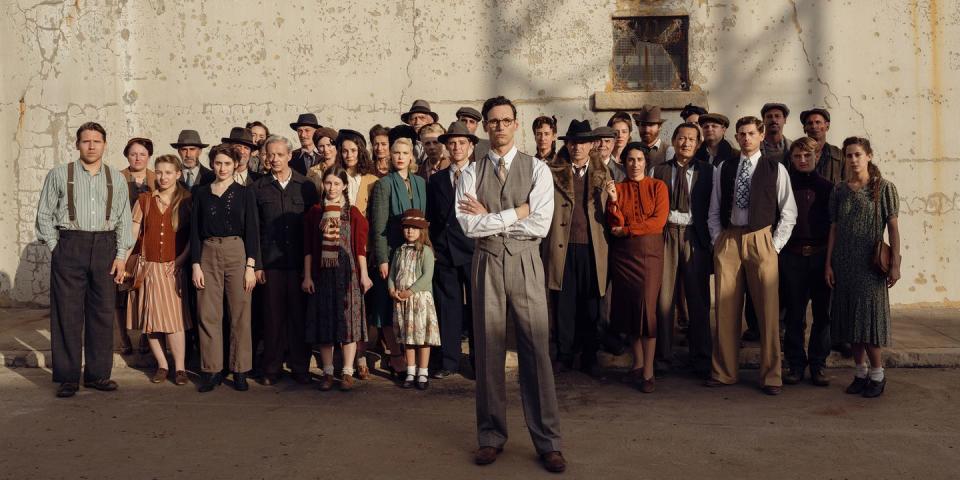
Is Transatlantic a true story?

The Flight Portfolio: A novel
$16.95
amazon.com
Yes, Transatlantic is based on a true story, and it's adapted from the historical fiction novel The Flight Portfolio by Julie Orringer. "At a certain point, you have to acknowledge we're creating a fictional space," Winger says. "We're setting real characters free in a fictional space that's against the backdrop of real history. But in the end, we're making up a story, we're spinning a yarn."
She adds, "It's not a history lesson, although there's a lot of real history in it. All the research is an important part of the process, but then liberating myself from the burden of 'it's not a documentary, it's a television series,' and allowing the characters to take on lives of their own in a way in my imagination."
The romance between Varian (Cory Michael Smith) and Thomas (Amit Rahav), one of several love stories in the show, is the biggest fictionalization. "We take great artistic liberty with all the romance. I always say we're trying to play with plausible deniability like it might have happened," Winger says. "We wanted to give them really fun adventures, but at the same time be true to the nugget of everything that really happened."
Who was Varian Fry and what was the Emergency Rescue Committee?
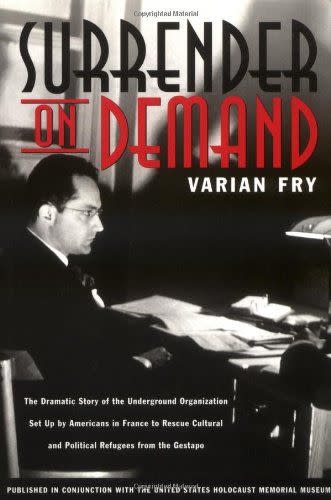
Surrender on Demand
$80.00
amazon.com
Varian Fry (b. 1907, d. 1967) was an American journalist who did lead wartime rescue efforts in occupied France in 1940 and 1941. Because of this, he became the first American honored by Yad Vashem as "Righteous Among Nations."
In 1942, the Emergency Rescue Committee merged with the International Relief Association into the International Rescue Committee (IRC), which still exists today. "Varian Fry [was] one of the founding members of the Emergency Rescue Committee that eventually became the International Rescue Committee," IRC President and CEO David Miliband told Town & Country over e-mail. "Fry and members of his team worked out of Marseille in the 1940s to help people in danger of persecution by the Nazi regime. Fry and his colleagues came from all backgrounds, nationalities, and faiths—some had been refugees. They acted, at great risk to themselves, to assist over 4,000 people with financial support, employment, places to hide, and the means to leave Vichy France. Some included artists Leonora Carrington, Max Ernst, Marcel Duchamp, and Marc Chagall, and political scientist Hannah Arendt."
Lena Fischmann (also known as Lena Fishman Fagen), a German Jewish refugee who assisted Fry, and emigrated to the U.S. in December 1940, is also a real person. Lena would return to Germany after World War II, becoming the chief document screener for the prosecution at the Nuremberg war crime trials. Another real person who worked with the ERC and appears in Transatlantic: Ambassador Gilberto Bosques (b. 1892, d. 1995), a Mexican consul in Marseille who helped rescue thousands of Jews and Spanish Republicans. He's known as the "Mexican Schindler," and worked with Fry and the ERC. He died in 1995 at the age of 103.
What happened to Varian after he left Marseille?
Just like in the show, in December 1940, Fry and others were arrested and held on a prison ship in the Marseille harbor. He was released, and continued working in France until he was arrested again in August 1941, and driven to the Spanish border. Unlike in the show, he was not the one who drove the Chagalls to the border.
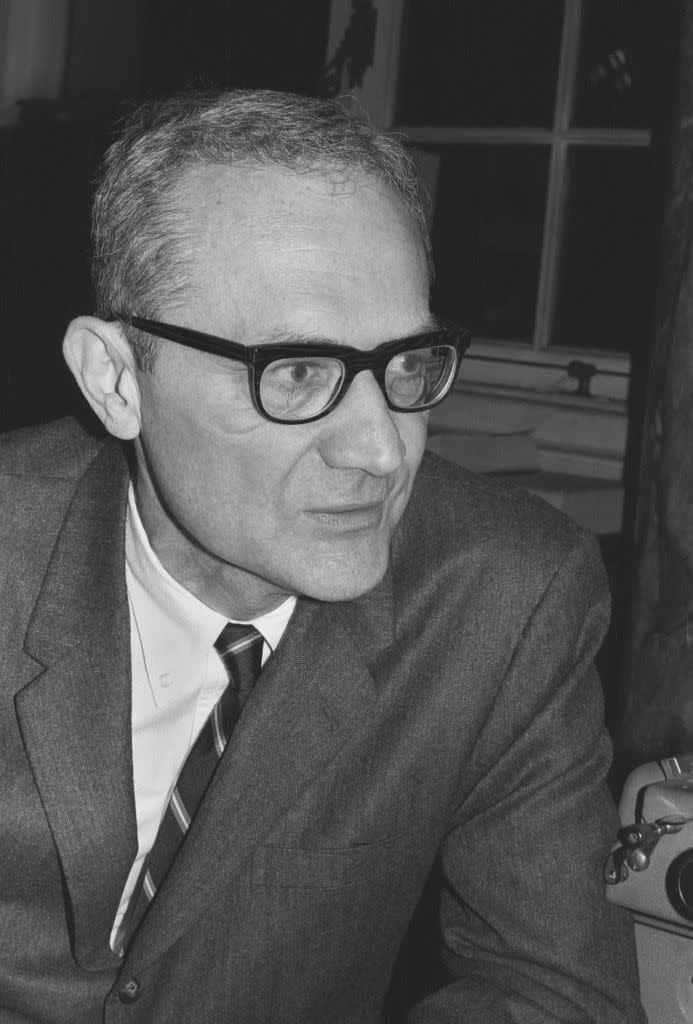
Fry would later write, "It was grey and rainy as I boarded the train. I looked out of the windows and innumerable images crowded my mind. I thought of the faces of the thousand refugees I had sent out of France, and the faces of a thousand more I had had to leave behind."
Per Yad Vashem, "After his forced return to the United States Varian Fry was put under the surveillance of the FBI. For the rest of his life he was avoided by his former colleagues and friends and until his premature death in 1967 at age 59, he made a living as a Latin teacher in a boys' school. Shortly before his death, the French government awarded him with the Chevalier of the Legion d'Honneur."
Were the American diplomats in Marseille real people?

Consul Graham Patterson (played by Corey Stoll) was fictional, but Vice Consul Harry Bingham (played by Luke Thompson) was based on a real person: Hiram "Harry" Bingham IV (b. 1903, d. 1988), the son of a U.S. senator. Bingham was at odds with the rest of the American consulate with regard to immigration policy. An estimated 2,500 refugees were able to flee to safety because of Bingham's "visas of freedom" in just the 10 months he worked at the consulate. "He has a heart of gold," Fry wrote of Bingham. "He does everything he can to help us, within American law."
And yes, the American refugee policy was just as bad as it is portrayed in the show. As the U.S. Holocaust Memorial Museum writes, "Like his colleagues, Bingham had to work within the constraints of an immigration system that imposed strict quotas on the number of people who could be admitted to the United States. In fall 1940, President Roosevelt had turned down a French request for assistance in facilitating the onward travel of 6,504 Jews deported from Germany to France."
Bingham resigned from the Foreign Service in 1946, and retired to a family farm in Connecticut. He passed away in 1988 at the age of 84. In 2002, Secretary of State Colin Powell honored Bingham with a posthumous award for "constructive dissent." And, the consulate's current address in Marseille was renamed "Place Varian Fry."
What happened to Mary Jayne Gold after she left Marseille?
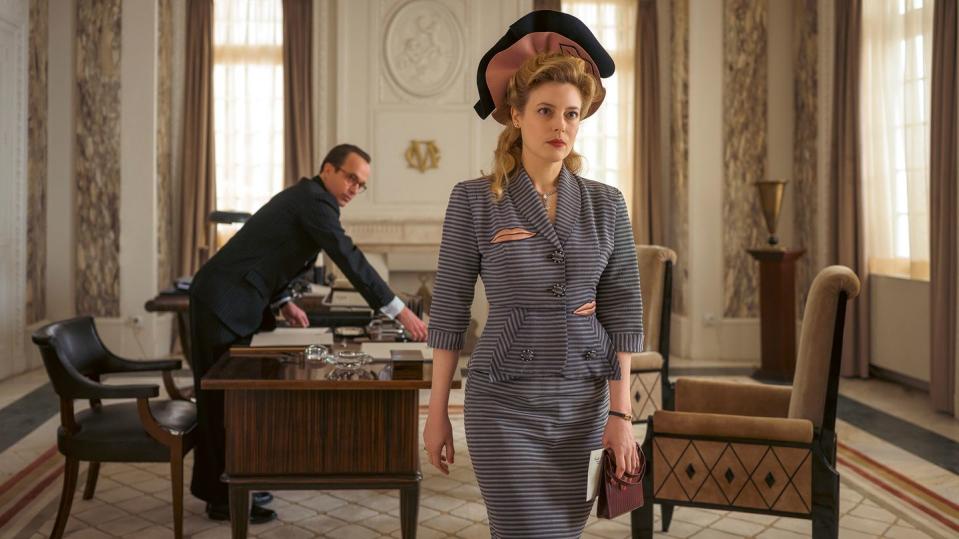
Mary Jayne Gold (b. 1909, d. 1997) was a heiress from Chicago who moved to Marseille, France in 1940, shortly before the German invasion, and was forced to leave France in 1941. "With them was a handsome American girl, Mary Jayne Gold, who gave them vast sums of money for their noble work in which she also took a hand," Peggy Guggenheim wrote in Out of This Century, her memoir, when describing the Emergency Rescue Committee.
Mary Jayne wrote a memoir, Crossroads Marseilles, 1940, which is largely now out of print in the U.S., but versions do exist. After the war ended, she moved back to France, and lived the rest of her life near St. Tropez on the French Riviera, where she never married and had no children. She passed away at age 88 of pancreatic cancer.
Upon her death, a friend, filmmaker Pierre Sauvage, told the Associated Press, that she "felt that only one year in her life really mattered and it was the year she spent in Marseilles."
What happened to Albert Hirschman?
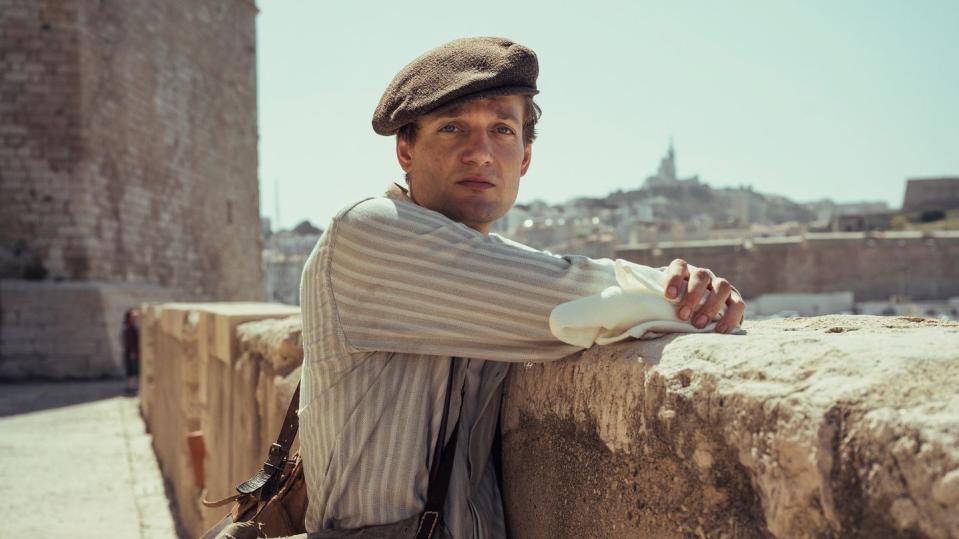
Albert O. Hirschman (b. 1915, d. 2012) lived a remarkable life. "Albert Hirschman, it was funny because he became very well known throughout his life. But [Transatlantic] meets him at a stage before all that happened and he was really young. There were so many special things about who he was as a person that we tried to make manifest even in our fictional version of him at 25," Winger tells T&C.
Like in the show, Hirschman fought in the Spanish Civil War, and worked with Fry and the ERC in 1940 helping people escape through the Pyrenees Mountains. In 1941 to 1943, he worked to the University of California, Berkeley, where he met his wife, Sarah Chapro, and then from 1943 to 1946, he worked in the Office of Strategic Services (OSS, a precursor to the CIA), where, among other tasks, he served as an interpreter for war crimes trials:
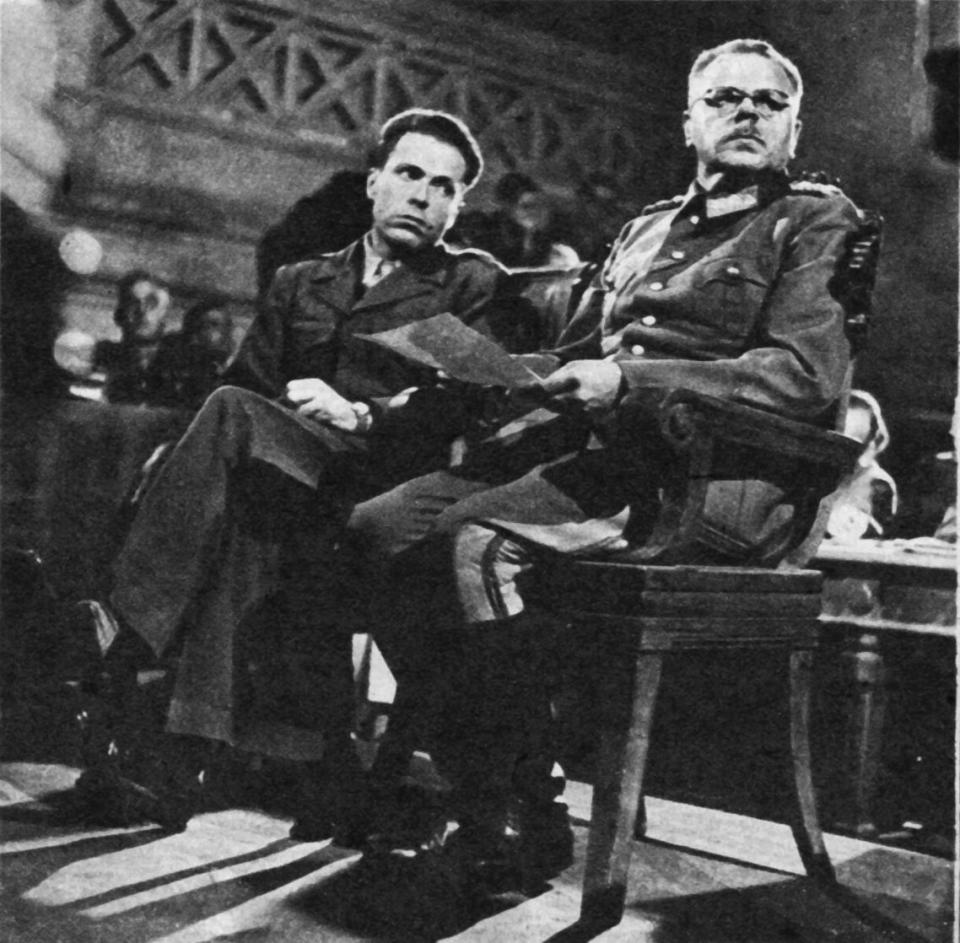
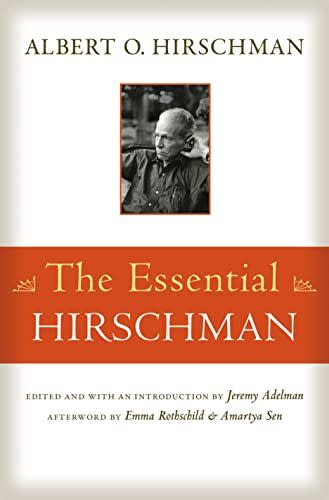
The Essential Hirschman
$31.95
amazon.com
After the war, he transitioned to a long career as a political economist, working at Yale, Columbia, and Harvard, before landing at Princeton, where he worked from 1974 until his death in 2012 at the age of 97. He authored numerous books and contributed greatly to his field; as the Washington Post wrote in his obituary, Albert "sought to apply rigorous and rational social-science scholarship to clashes of political ideology and economic impasses — conflicts that have often fueled violence and repression. Having learned the stakes firsthand, he devoted his career to advancing economic development and the spread of democracy."
He also did have a sister, Ursula Hirschmann (b. 1913, d. 1991), who was an anti-fascist and feminist activist. Unlike in the show, she does not flee to New York City, but to Italy. (Albert dropped the second "n" on their last name, Ursula kept it.)
What happened to Lisa Fittko?
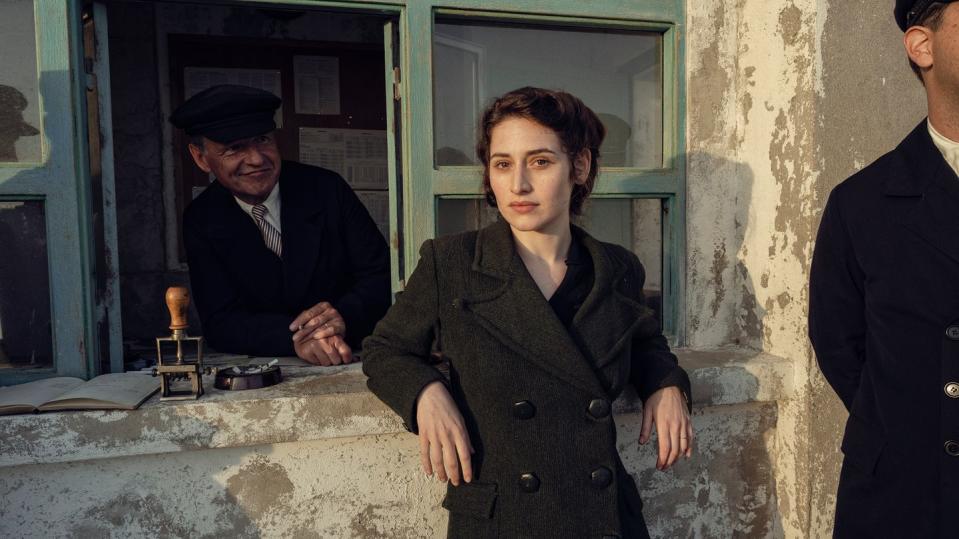
Lisa Fittko (b. 1909, d. 2005), born Lisa Ekstein, helped refugees escape across the Pyrenees Mountains to Spain. Previously, she had witnessed the rise of Nazism in Berlin, where she met her husband, Hans Fittko.
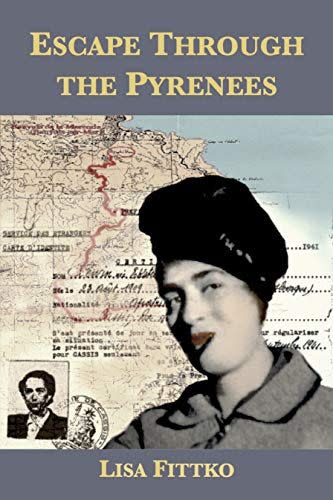
Escape Through the Pyrenees
$9.99
amazon.com
Lisa wrote two memoirs during her life, Escape Through the Pyrenees and Solidarity and Treason: Resistance and Exile, 1933-1940.
Both she and Hans were a key part of the Emergency Rescue Committee's operations in Marseille. In her obituary in the New York Times, Douglas Martin writes, "They delayed their own escape when Mr. Fry asked them to help take refugees into Spain. They pretended to be vineyard workers and took people across the mountains on what was called the F route (for Fittko) two or three times a week for seven months. The number of those they helped is sometimes estimated in the hundreds; not one was caught, they said."
In 1941, Lisa and Hans escaped to Cuba, then went onto Chicago. The Shoah Foundation recorded her testimony, which is available to watch on YouTube:
In 2005, Lisa died of pneumonia at age 95 in Chicago.
Was Paul Kandjo a real person?
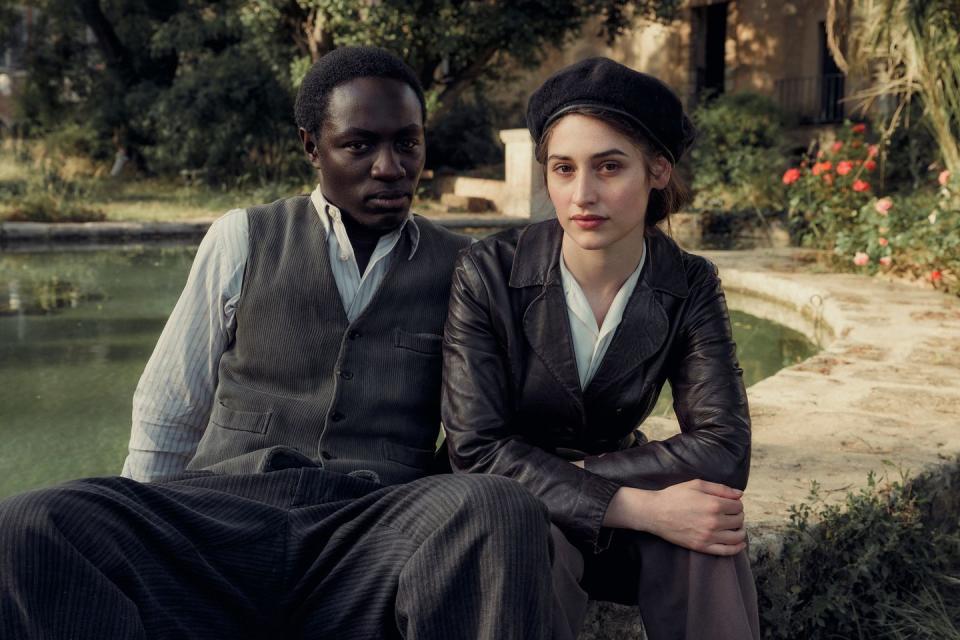
Paul Kandjo was not real, but rather based on an amalgamation of various historical figures. Actor Ralph Amoussou tells T&C he used Marcus Garvey as a reference, and various revolutionaries throughout history. "To portray such a political mastermind during the darkest times of the Western world is insane, it's a gift," Ammoussou tells T&C. "I hope I did Paul justice, and did justice all the former sharpshooters and all those African families who were involved."
He also drew on his own family history to create Paul. "My mom's uncles were sharpshooters in the war," Amoussou says. "They fought in World War II and they came back alive. Growing up, I spent some time in West Africa— Lagos, Nigeria, Benin, and Ghana. I grew up with these like legends and stories of like how they survived and how everyone thought they were dead." His maternal grandmother is an Ethiopian Jew, and his maternal grandfather is from present-day Benin, the former Kingdom of Dahomey.
Also fictional characters: Jacques Kandjo, played by Birane Ba, Thomas Lovegrove, played by Amit Rahav, and Margaux, played by Rafaela Nicolay.
Was the Villa Air Bel real?
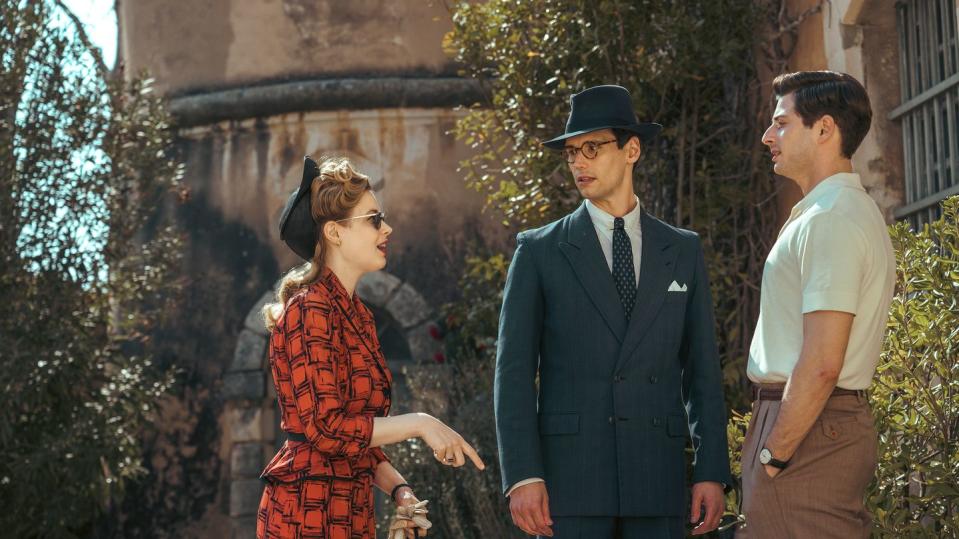
Yes, Villa Air Bel was a real a château outside Marseille, but it no longer exists. "The real villa had been destroyed," Winger says, "but we shot another one nearby."
Transatlantic did film in numerous real places: the real Hotel Splendide (which doesn't exist anymore as a hotel); Fort Saint-Nicolas, the prison; and Camp des Milles, the internment camp. It was "such an incredible experience to get to shoot in there," actress Gillian Jacobs tells T&C. "You just find yourself kind of transported into the story we're telling pretty quickly."
What was the fate of all the artists and intellectuals who appear in Transatlantic?

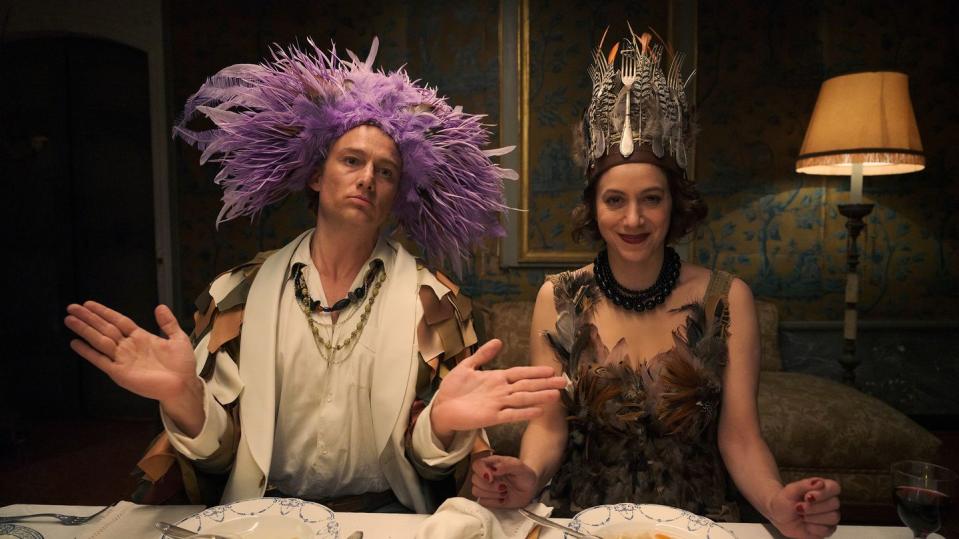
Here's everyone who appears in the show...
Walter Benjamin (b. 1892, d. 1940): A German Jewish philosopher. Like in the show, Walter died by suicide on the French-Spanish border, thinking he was going to be turned over to Nazis. Read Walter Benjamin's work.
Max Ernst (b. 1891, d. 1976): German Surrealist artist. He was interned at Camp des Milles, then released thanks to the intervention of Varian Fry, and fled to America with the help of Peggy Guggenheim* (and married her later that year, though the marriage would not last). He resettled in France in 1953, and died in Paris in 1976 at the age of 84. It is lost to history whether or not he had a Surrealist birthday party at Villa Air-Bel in 1940.
Luise Strauss (b. 1893, d. 1944): Jewish German art historian and writer. The first wife of Max Ernst, she did not escape and was arrested in April 1944 and deported to Auschwitz, where she was murdered.
Hannah Arendt (b. 1906, d. 1975): Jewish German historian, political philosopher. She fled France through Spain and Portugal with the help of the ERC, ending up in New York City. She would go on to publish The Origins of Totalitarianism, Eichmann in Jerusalem, and more influential works. She died at age 69 in NYC in 1975.
*Peggy Guggenheim (b. 1898, d. 1979), an American Jewish art collector and socialite, was really in Marseille at the same time. She worked with the ERC to help fund the escape of many of these artists, including Ernst. "He did not tell me why, and at the time I had no idea what a dangerous job Fry was doing," Guggenheim later wrote. "The American Government was perpetually trying to get him to go back to America to avoid difficulties with the Vichy Government. However, he stuck it out to the bitter end."
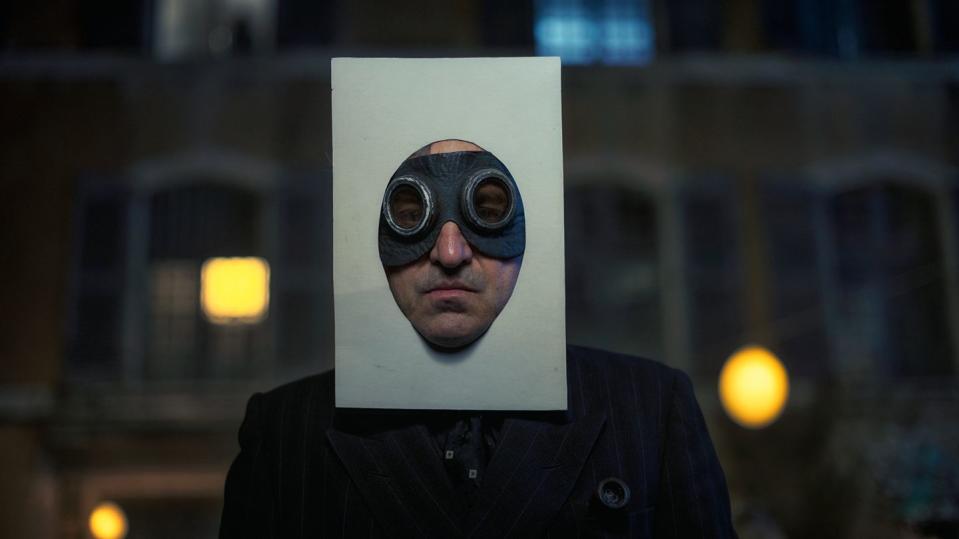
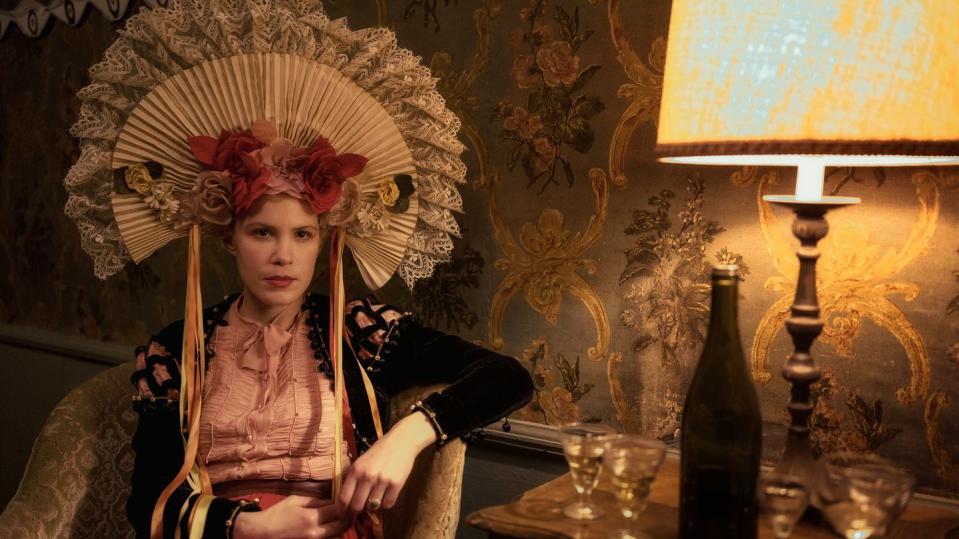
André Breton (b. 1896, d. 1966): French poet, Surrealist. He escaped to the Caribbean with the help of Fry and Harry Bingham, then ended up in New York City. He returned to Paris in 1946, fully embracing anarchism and anti-colonialism, and died at the age of 70 in 1966.
Jacqueline Lamba (b. 1910, d. 1993): French painter, Surrealist artist. Fleeing Marseille, she escaped through the Pyrenees with the ERC carrying her and Breton's daughter, Aube Breton (b. 1935). She and Breton separated in 1943. She remarried, to sculptor David Hare, but they would later split. She spent her final years in France, where she passed away in 1993 at age 82. In episode three, we see her with a deck of cards—this is a reference to Jeu de Marseille, a card game invented by the collective of artists at the Villa Air Bel.
Marc Chagall (b. 1887, d. 1985): Jewish modernist painter. He and his wife, Bella, escaped France with the help of Fry in 1941, arriving in New York City. After the war, he returned to France, where he spent the rest of his life. He died at age 97 in 1985. Like it is depicted in the show, it took much convincing by Fry to get the Chagalls to leave France. "As it is a serious responsibility to uproot and transplant a great artist, I didn't press him," Fry would later write.
Bella Chagall (b. 1895, d. 1944): Jewish Russian writer. She fled to the States with her husband, and in 1944, died in New York City.
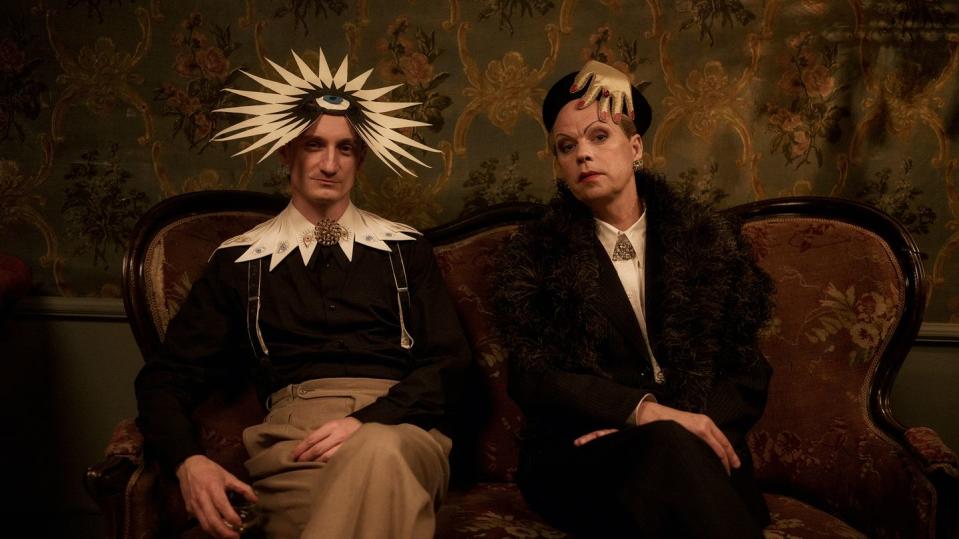
Marcel Duchamp (b. 1887, d. 1968): French artist. He smuggled his works across the border, and ended up in New York City. Duchamp died at age 81 in 1968.
Victor Serge (b. 1890, d. 1947): Russian revolutionary Marxist and writer. He did escape thanks to the Mexican consulate, and spent the final years of his life in Mexico City.
Victor Brauner (b. 1903, d. 1966: Romanian Jewish surrealist artist. After fleeing to the South of France, he found refuge in Switzerland. He returned to Paris in 1945, and died there at age 62 in 1966.
Walter Mehring (b. 1896, d. 1981): German writer and satirist. With the help of Fry and the ERC, he emigrated to the United States. After WWII, he returned to Europe, and died in Zurich at age 85 in 1981.
Hans Bellmer (b. 1902, d. 1975)" German artist. He was imprisoned in Camp des Milles, and seemingly spent most of the war in the South of France.
Wilhem Spira / Bill Freier (b. 1913, d. 2000): Austrian Jewish cartoonist. The Vichy police caught Spira forging documents and deported him to Poland, and he was imprisoned at Auschwitz, Buchenwald, and Theresienstadt. He survived, and returned to Paris after liberation, where he lived until his death in 2000 at the age of 87.
You Might Also Like

